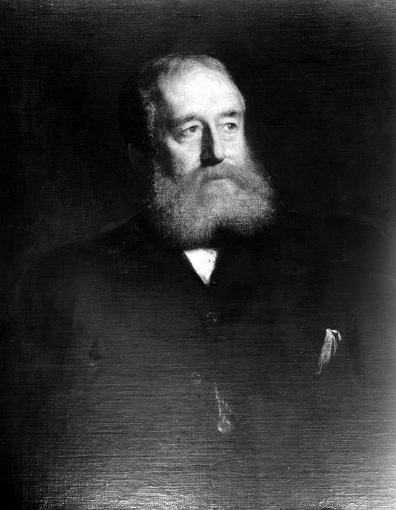Harper (publisher)
-ZlmUGyioanBuv2RRgj03niCSVYr7I6)
Harper (publisher)
-ZlmUGyioanBuv2RRgj03niCSVYr7I6)
| Parent company | HarperCollins |
|---|---|
| Founded | March 6, 1817 (1817-03-06)(as J. & J. Harper) |
| Founder | James Harper John Harper |
| Headquarters location | New York City, U.S. |
| Owner(s) | News Corp |
Harper is an American publishing house, currently the flagship imprint of global publisher HarperCollins.
| Parent company | HarperCollins |
|---|---|
| Founded | March 6, 1817 (1817-03-06)(as J. & J. Harper) |
| Founder | James Harper John Harper |
| Headquarters location | New York City, U.S. |
| Owner(s) | News Corp |
History
J. & J. Harper (1817–1833)

Eastman Johnson's portrait of Joseph Wesley Harper, c. 1880
James Harper and his brother John, printers by training, started their book publishing business J. & J. Harper in 1817. Their two brothers, Joseph Wesley Harper and Fletcher Harper, joined them in the mid-1820s.
Harper & Brothers (1833–1962)
The company changed its name to "Harper & Brothers" in 1833. The headquarters of the publishing house were located at 331 Pearl Street, facing Franklin Square in Lower Manhattan (about where the Manhattan approach to the Brooklyn Bridge lies today).
Harper & Brothers began publishing Harper's New Monthly Magazine in 1850. The brothers also published Harper's Weekly (starting in 1857), Harper's Bazar (starting in 1867), and Harper's Young People (starting in 1879).
George B. M. Harvey became president of Harper's on Nov. 16, 1899.[1]
Harper's New Monthly Magazine ultimately became Harper's Magazine, which is now published by the Harper's Magazine Foundation. Harper's Weekly was absorbed by The Independent (New York; later Boston) in 1916, which in turn merged with The Outlook in 1928. Harper's Bazar was sold to William Randolph Hearst in 1913, became Harper's Bazaar, and is now simply Bazaar, published by the Hearst Corporation.
In 1924, Cass Canfield joined Harper & Brothers and held a variety of executive positions until his death in 1986.[2] In 1925, Eugene F. Saxton joined the company as an editor, and he was responsible for publishing many well-known authors, including Edna St. Vincent Millay and Thornton Wilder.[3] In 1935, Edward Aswell moved to Harper & Brothers as an assistant editor of general books and eventually became editor-in-chief. Aswell persuaded Thomas Wolfe to leave Scribner's, and, after Wolfe's death, edited the posthumous novels The Web and the Rock, You Can't Go Home Again, and The Hills Beyond.[4]
Harper & Row (1962–1990)

1846 Harper's Illuminated Bible
In 1962 Harper & Brothers merged with Row, Peterson & Company to become Harper & Row. Harper's religion publishing moved to San Francisco and became Harper San Francisco (now HarperOne) in 1977. Harper & Row acquired Thomas Y. Crowell Co. and J. B. Lippincott & Co. in the 1970s; Crowell and the trade operations of Lippincott were merged into Harper & Row in 1980.[5] Marshall Pickering was bought by Harper & Row in 1988. Also in 1988, Harper & Row purchased the religious publisher Zondervan.[6]
HarperCollins (1990–present)
Rupert Murdoch's News Corporation (now News Corp) acquired Harper & Row in 1987, and William Collins, Sons in 1990. The names of these two national publishing houses (Harper & Row in the United States and Collins in the United Kingdom) were combined (along with the Harper's torch icon and Collins' fountain icon) to create HarperCollins, which has since expanded its international reach with further acquisitions of formerly independent publishers. The Harper imprint began being used in place of HarperCollins in 2007.
Paperbacks
After the purchase of Harper & Row by News Corporation, HarperCollins launched a new mass market paperback line to complement its existing trade paperback Perennial imprint. It was known as Harper Paperbacks from 1990 to 2000, HarperTorch from 2000 to 2006, and Harper from 2007 to the present.
Authors and illustrators (selected)
See also
Harper & Row v. Nation Enterprises
The Long Short Cut
Brooks Thomas
Books in the United States